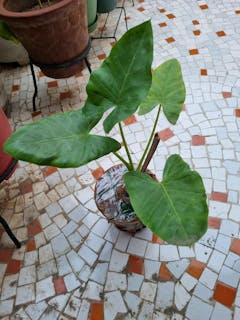Zephyranthes martinezii
Family
Amaryllidaceae
Origin
Argentina
Description
.As a bulbous perennial, Habranthus is similar to Zephyranthes with its narrow, linear, dark green leaves. However, these summer-flowering bulbs differ in the shape of their flowers; Habranthus flowers are larger and face outwards on taller stalks. The flower color can range from white to yellow to red, and Habranthus martinezii Ravenna, in particular, showcases a unique pink and white combination. These rain lilies bloom intermittently from spring to autumn, but their flowering is dependent on rainfall.
Habranthus martinezii ‘Ravenna’ bulbs produce rare and distinctive flowers following monsoon rains, making them highly sought after by collectors. They bloom from June to September in plains and from July to October in hills. Plant bulbs between February and April in plains, or March to May in hill regions.
Environment
Habranthus prefers full sun to full shade, but can also survive in containers. It can tolerate dappled or afternoon shade, especially in hot climates. This plant thrives in average to rich garden soil and exhibits tolerance to a wide range of drainage situations, from boggy to sandy conditions. While it can withstand drought, it requires a summer soaking to trigger blooming. Daily irrigation and thorough sprinkling will also encourage flowering. Rain lilies are best suited for warm, humid environments and do not require fertilization. However, applying a small amount of compost before they emerge in the spring can result in more blooms. They also grow well in pots and can be placed closer together in containers compared to when they are planted in the ground. The tops of the bulbs should be covered by one inch of soil to ensure optimal growth.
Landscape Use
As a versatile plant, this Rain Lily can be incorporated in mass plantings, rock gardens, containers, or even partially submerged in a water garden.



















